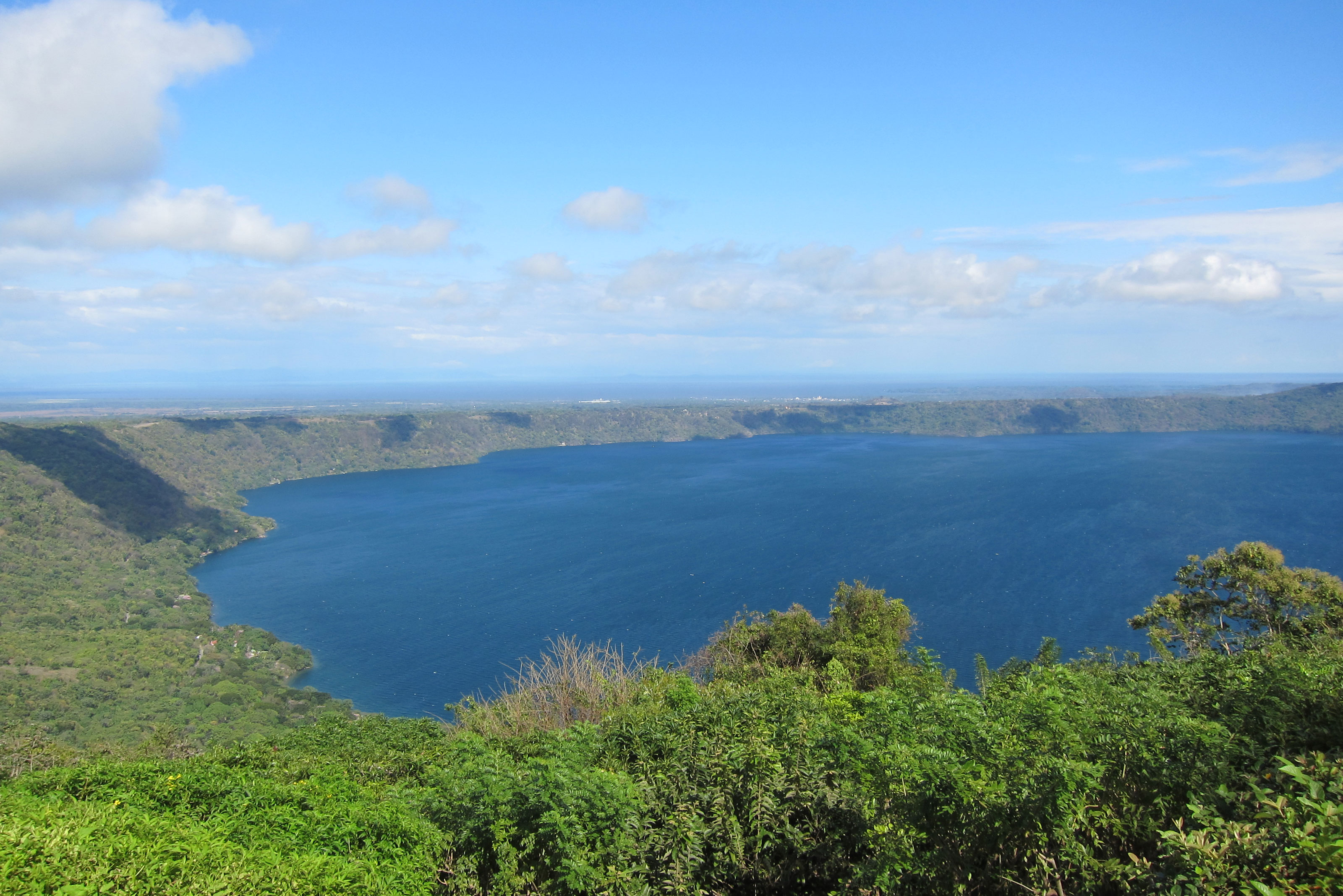
Special genetic architecture supports the origin of new species
Konstanz evolutionary biologists search for the genetic architecture of speciation without geographic barriers
To date, there are only a few cases of so-called sympatric speciation that have been recognised. Sympatric speciation is the origin of new species from one genetic lineage within the same geographic area without external barriers such as rivers or mountains that would promote divergence between two gene pools. The Midas cichlid fish in the Nicaraguan crater lakes are one of the few supported cases of sympatric speciation. Recently, Konstanz evolutionary biologists have published findings on the population genetics as well as demographic conditions for sympatric speciation in PLOS Genetics (30 June 2016). The researchers found that it takes only a few dozen individuals to create several new species within a few hundred years. In the 6 September 2016 edition of Nature Communications, the research carried out by the team of biologists around Prof. Axel Meyer, Dr. Carmelo Fruciano and Dr. Paolo Franchini provides new insights into the genetic architecture that is the pre-condition for adaptations and speciation in such a short time.
These ultra-rapid adaptations are the reason why the Midas cichlids are an ideal system to identify the genetic basis of ecologically relevant traits. The location of the current study is the Crater Lake Apoyo in Nicaragua with a maximum age of 22,000 years and a diameter of five kilometres. In this very young and small lake, fish known as Midas cichlids, without any physical barriers, have developed into six different species with specific adaptations. Two of these young cichlid species were examined in this study in order to understand their genetic differences.
The two newly formed species live in different ecological niches with different food availability. The fish living in open water have an elongated body that makes them particularly well-adapted to foraging in this part of the lake. The second species, which mostly stays at the bottom of the lake, has a deeper body to facilitate manoeuvring through the stony lake bed. Another difference between the sister species is an important adaptive trait, their pharyngeal jaws, a second set of jaws in the throat of the fish used to crush hard food items. The species that lives at the bottom of the lake has more massive pharyngeal jaws, while the open water species has smaller jaws that are well adapted to feed on softer food.
The team of evolutionary biologist from Konstanz has now found the genetic basis of both body shape and pharyngeal jaw morphology in the Midas cichlids. What is surprising is that both the genes underlying body shape and pharyngeal jaw morphology are located very close to each other on the same chromosomal segment, or the exact same gene controls both of these traits. This genetic linkage has often been suggested to make this type of sympatric speciation without any boundaries both faster and more probable. The reason for this is that the closer the genes are located together, the less likely they will get divided if chromosomes are rearranged as occurs during reproduction. Thus, the linkage of the gene variants responsible for co-adapted characteristics is preserved. The same applies in the case where one gene has more than one function, that is, the same gene is responsible for both traits (i.e., pleiotropy). These results provide empirical support for a theoretical model that emphasizes the role of genetic linkage or pleiotropy in facilitating species divergence in sympatric conditions.
Original Publication:
Carmelo Fruciano, Paolo Franchini, Viera Kovacova, Kathryn R. Elmer, Frederico Henning, Axel Meyer: Genetic linkage of distinct adaptive traits in sympatrically speciating crater lake cichlid fish. Nature Communications, 7:12736. DOI: 10.1038/NCOMMS12736
Facts:This project was supported by the European Research Council (ERC) through the ERC-Grant "Comparative genomics of parallel in repeated adaptive radiations" (GenAdap 293700) awarded to Axel Meyer. Further funding was provided through the Marie-Curie-Fellowship ("Plasticity Speciation" 327875) of the European Union granted to Carmelo Fruciano and the German Research Foundation (DFG FR3399/1-1) to Paolo Franchini. The study was based on around 300 F2 individuals of Midas cichlids genotyped at around 500 SNP loci.
